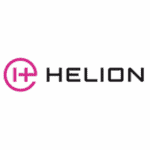
Nuclear energy:
fission and fusion
Powering a resilient energy future
From the scale of the atom to the globe, Michigan Engineering is a leader in nuclear energy innovation and impact. Our faculty, students and alumni are advancing the state of the art in fission reactor systems and pushing the boundaries of high-energy-density physics that could lead to future fusion solutions.
Beyond its technical expertise, U-M’s No. 1-ranked Nuclear Engineering & Radiological Sciences (NERS) department excels at facilitating collaboration—between stakeholders, sectors and even nations—to cultivate nuclear power as a safe, emissions-free way to meet the world’s growing, round-the-clock energy demands.
#1
ranked nuclear engineering department
These efforts expand on 75 years of pioneering research and education in both fission systems and the plasma science that enables fusion. From the nation’s first nuclear engineering degree program, we’ve built one of the largest U.S. departments of its kind, with world-class, national lab-grade facilities, an engaged, interdisciplinary curriculum, and a rapidly growing alumni base making critical contributions to nuclear research and real-world implementation on multiple fronts. Across the College of Engineering, researchers are advancing knowledge and technology for nuclear energy in critical areas such as materials, grid integration, fuel reprocessing approaches and radiation detection. They’re also collaborating on impactful applications, including with the shipping industry.
World’s 1st
successful fusion ignition experiment designed by alum Annie Kritcher
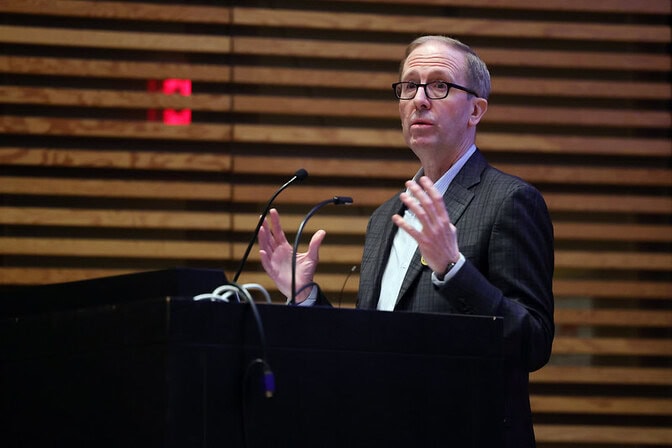
Nuclear energy’s unprecedented growth: A Q&A with Todd Allen
As the U.S. sets a goal to quadruple capacity by 2050, a longtime leader in the field discusses U-M’s role in its future—and past.
Advancing nuclear energy from
discovery to deployment
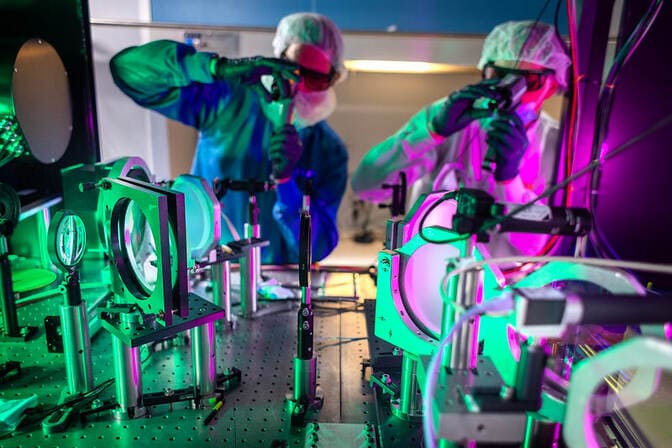
Plasma science and fusion
Creating tools and utilizing them for discovery and innovation in high-energy-density physics, plasma-material interactions and more
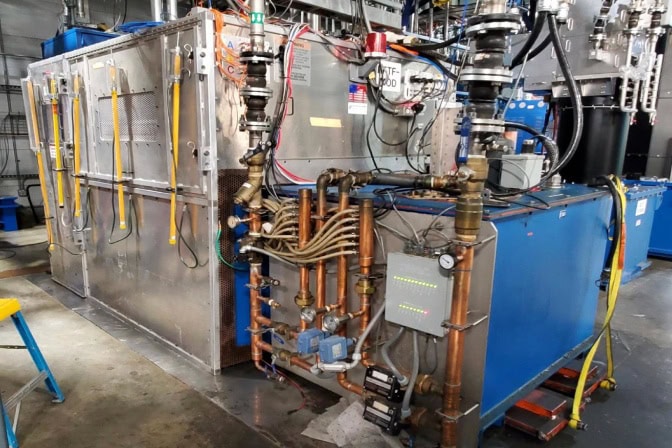
Advanced reactor design
Spanning from concept to performance under real conditions, U-M’s work includes modeling and design, reactor physics and safety
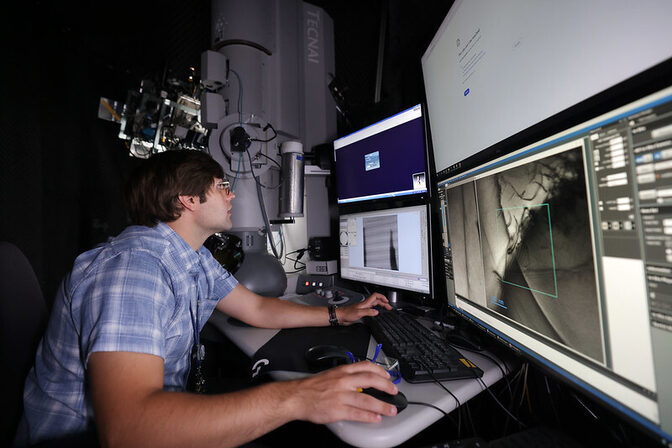
Resilient reactor materials
Uncovering how radiation degrades materials and exploring advanced fuels with leading experts and facilities
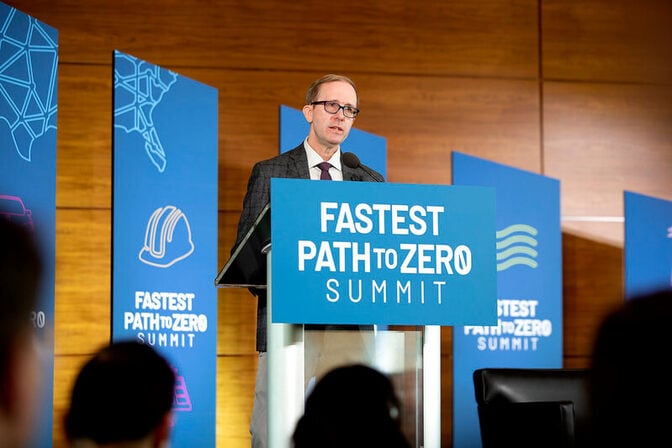
Global & community engagement
Catalyzing conversation and collaboration to support public education and policy in Michigan and around the world
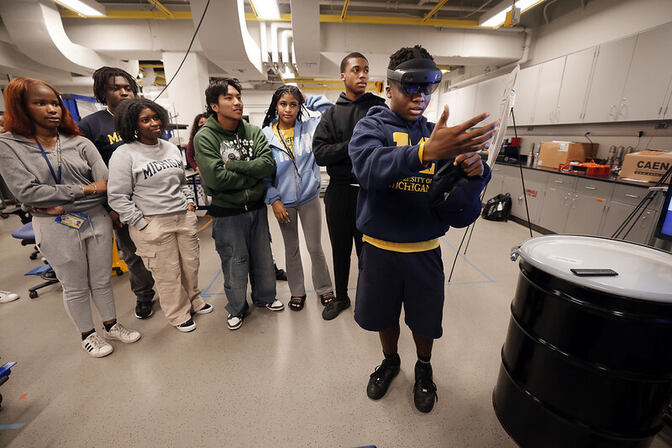
Workforce development
Training tomorrow’s nuclear engineers and leaders, inspiring students through hands-on experience and holistic education
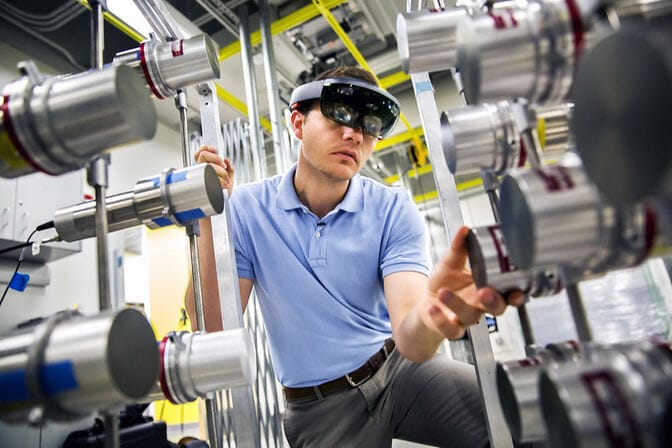
Energy operations security
Safeguarding nuclear energy materials and facilities through technology development and international nonproliferation leadership
In the News
Associated Press
March 29, 2025
New wave of smaller, cheaper nuclear reactors sends US states racing to attract the industry
CNBC
February 25, 2024
Palisades nuclear plant signs agreement to build first of its kind small modular reactors in Michigan
The Conversation
September 27, 2024
Rising electricity demand could bring Three Mile Island and other prematurely shuttered nuclear plants back to life
Wall Street Journal
September 11, 2024
Shortfall in young engineers threatens nuclear renaissance
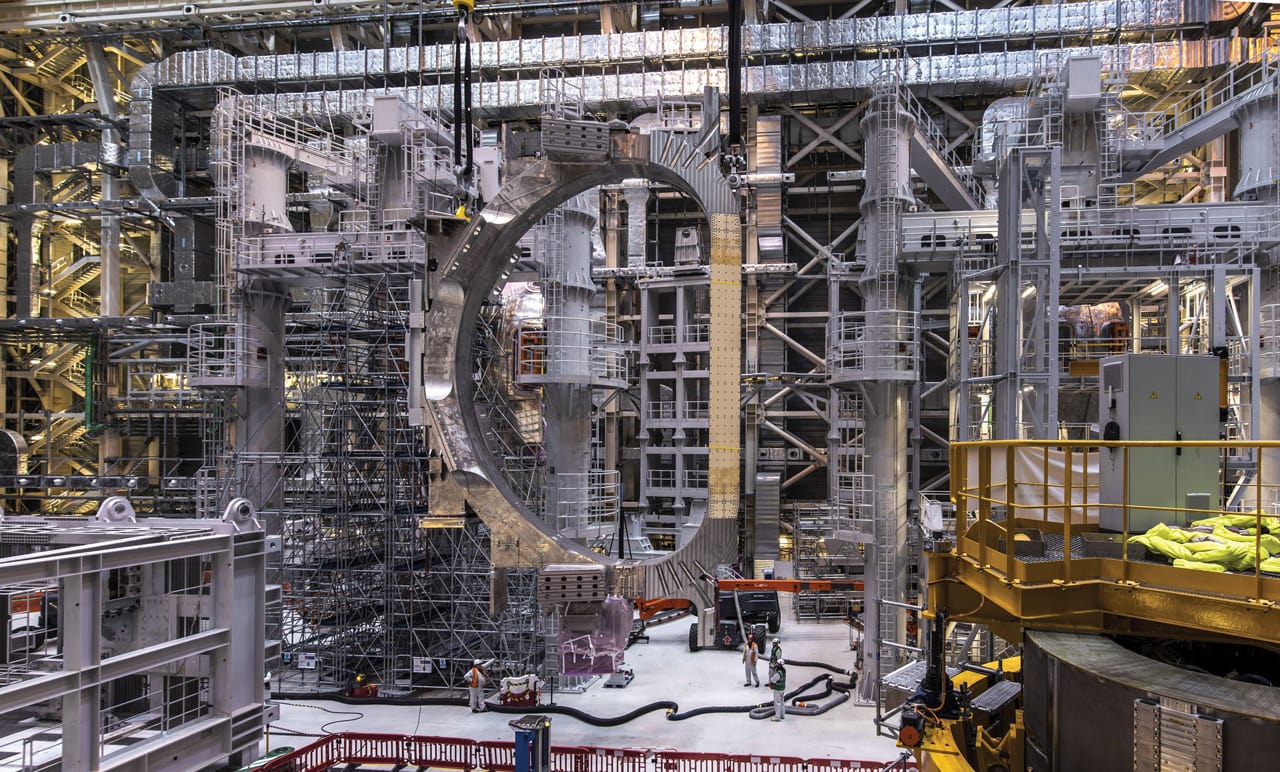
New hope for fusion
How the 2022 breakthrough led by a Michigan Engineering alum sparked a resurgence of interest in the field.
$15M
Research collaboration with Los Alamos National Lab that has grown into plans for a joint $1.25B AI and HPC facility
Pioneers at the dawn of the field
The University of Michigan played a key role in establishing the field of nuclear engineering and shaping its identity in the wake of World War II. Its bold Michigan Memorial Phoenix Project was established in 1948 to advance peaceful uses of nuclear technology. The Phoenix Project gave rise to the nation’s first nuclear engineering degree program in 1952 and one of the earliest university-based nuclear reactors.
The Ford Nuclear Reactor operated from 1957 to 2003 and enabled groundbreaking research and education. It advanced fission reactor science, materials degradation research and safety validation work, for example. And it gave students hands-on training in reactor startup procedures, control rod calibration, neutron flux measurements, and system dynamics relevant to the pressurized‑water reactors typically used in power plants.
Nobel laureates Gérard Mourou and Donald Glaser spent decades of their careers at U-M. Mourou’s chirped-pulse amplification laser technique enabled recent plasma science and fusion energy breakthroughs. And Glaser’s bubble chamber revealed the nuclear interactions fundamental to reactor science.
Over the years, U-M research has illuminated the long-term effects of radiation on reactor materials, informing U.S. inspection guidelines and helping to safely extend the lives of aging reactors. Faculty have made important contributions in nuclear fuel recycling and waste minimization as well.
Beyond research, U-M has trained generations of engineers who have gone on to shape nuclear technology, industry and policy. Kristine Svinicki served as Chairman of the U.S. Nuclear Regulatory Commission for 13 years: Rita Baranwal served as Assistant Secretary for Nuclear Energy in the U.S. Department of Energy from 2019-2021 and is currently a member of the NERS department advisory board. Annie Kritcher designed the 2022 breakthrough fusion experiment that U.S. Energy Secretary Jennifer Granholm hailed as “one of the most impressive scientific feats of the 21st century.” And David Kirtley is a co-founder of Helion, one of the major players in advancing fusion systems. Read a full history.
20+ labs
including several at national lab caliber
Facilities, institutes and programs
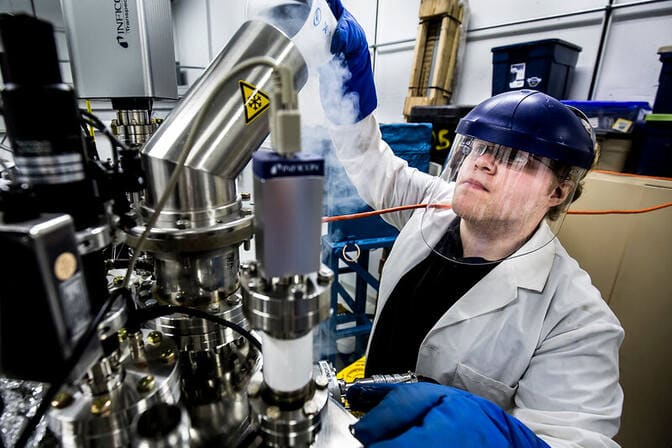
Michigan Ion Beam Laboratory (MIBL)
A premier facility for studying radiation damage on nuclear reactor components and materials.
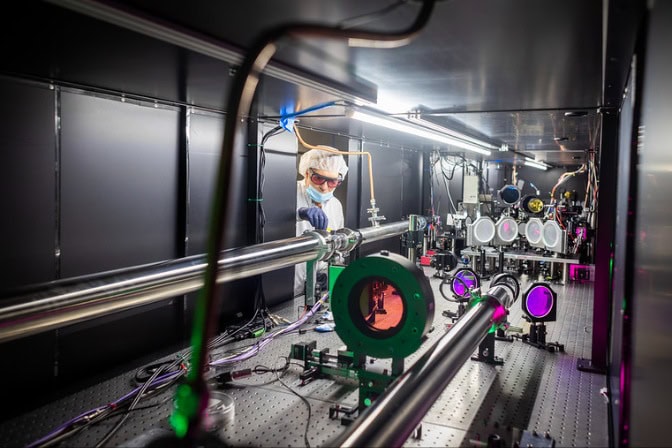
Gérard Mourou Center for Ultrafast Optical Science
A national-lab-grade center for high-intensity plasma and fusion research. Home of ZEUS, an NSF-sponsored user facility and the nation’s most powerful laser.
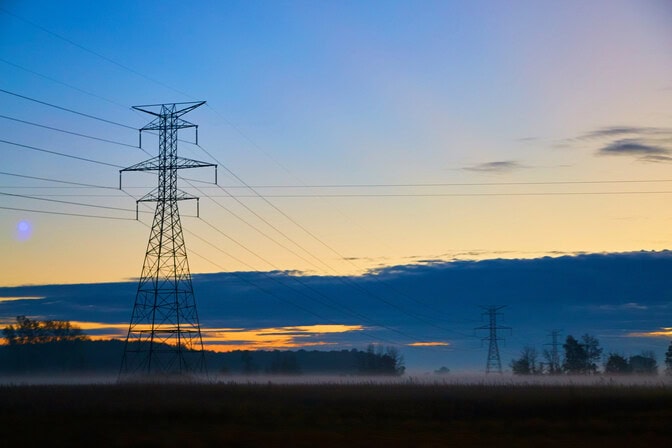
Institute for Energy Solutions
Pursuing energy science and technologies to enable, accelerate, and inform the energy transition.

Plasma, Pulsed Power, and Microwave Laboratory
For high-energy-density physics and fusion experiments including Z-pinch studies with some of the most powerful university-based pulsed power machines in the US.
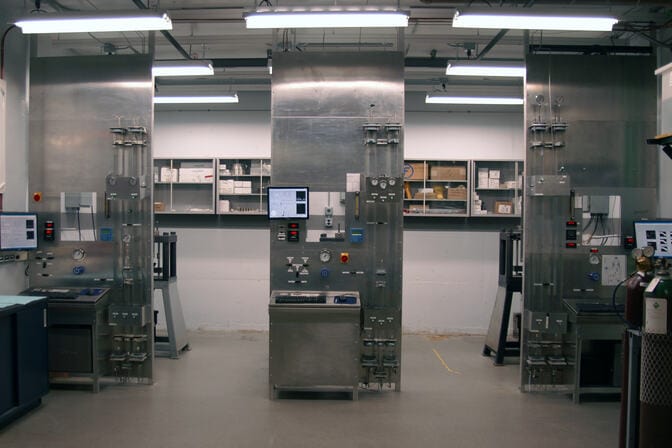
Irradiated Materials Testing Laboratory
The only lab in the world capable of recreating precise nuclear reactor conditions to study stress corrosion cracking of neutron irradiated material in supercritical water.
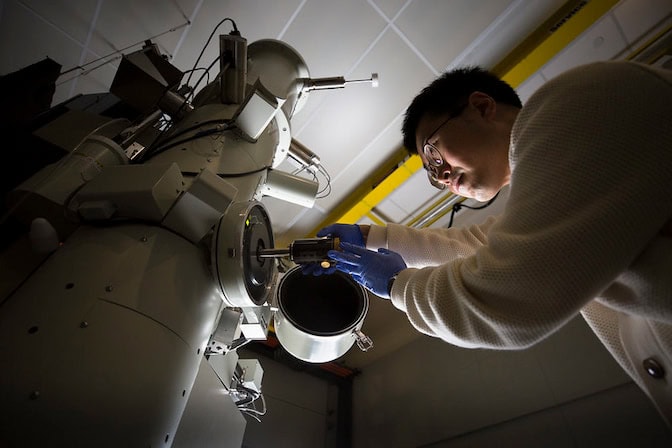
Michigan Center for Materials Characterization (MC²)
A user facility with state-of-the-art instruments for micron and nanoscale imaging and analysis of materials, supporting research in radiation effects and materials science.
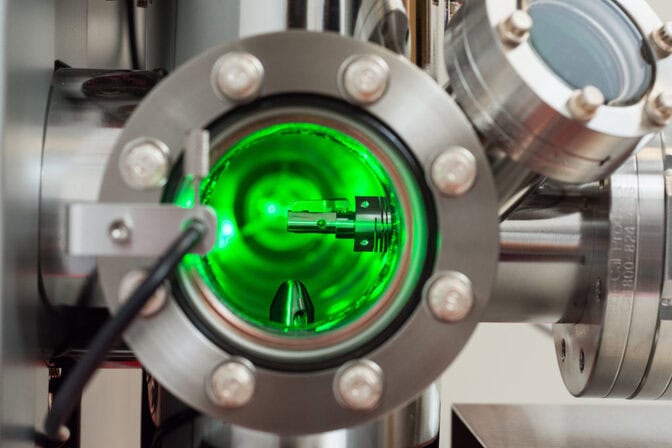
In-situ Ion Irradiation Transmission Electron Microscope
One of only a few places in the US and the only university to offer an ion beam and electron beam combination, enabling design of radiation-resistant materials for next-gen nuclear reactors.
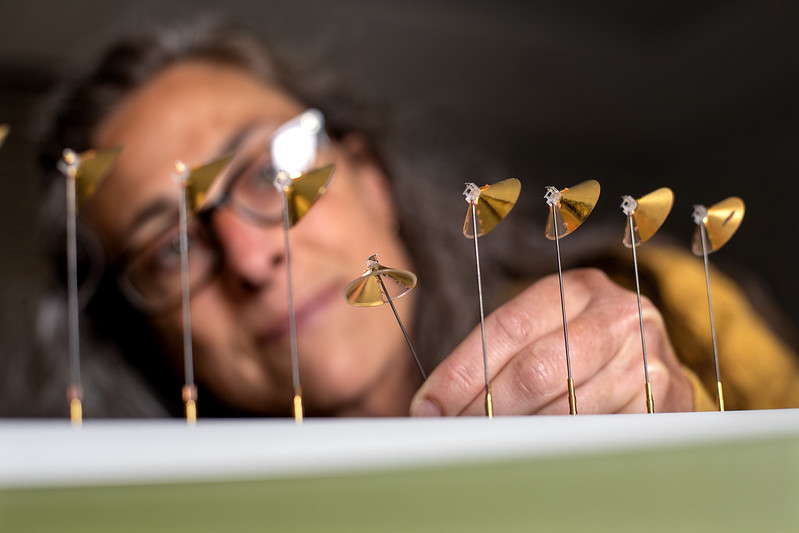
Center for Magnetic Acceleration, Compression and Heating
A $14.5M NNSA-funded center advancing fusion plasma science.
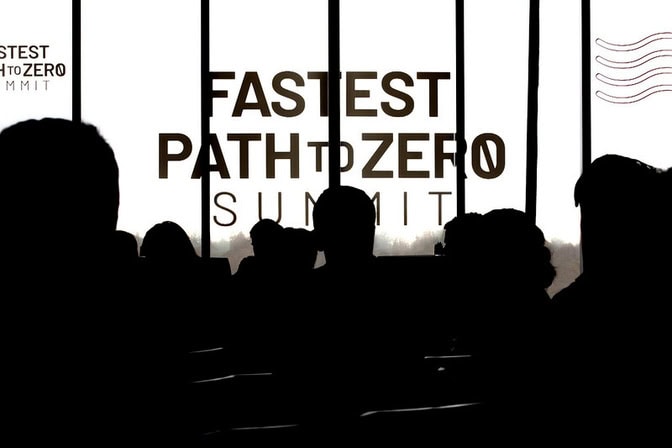
Fastest Path to Zero
Provides siting tools and policy support for deploying new nuclear technologies.

Michigan Institute for Plasma Science and Engineering
Brings together plasma researchers from Michigan universities to advance plasma science and translate it into technology for society.
75%
of U.S. nuclear plants rely on a H3D’s hand-held gamma ray detector invented at U-M to zero in on radiation hot spots and reduce worker exposure.


